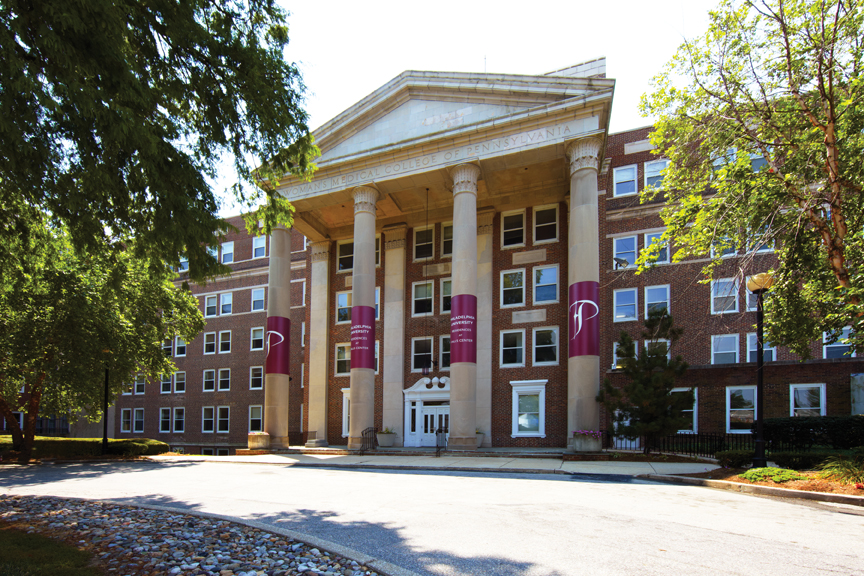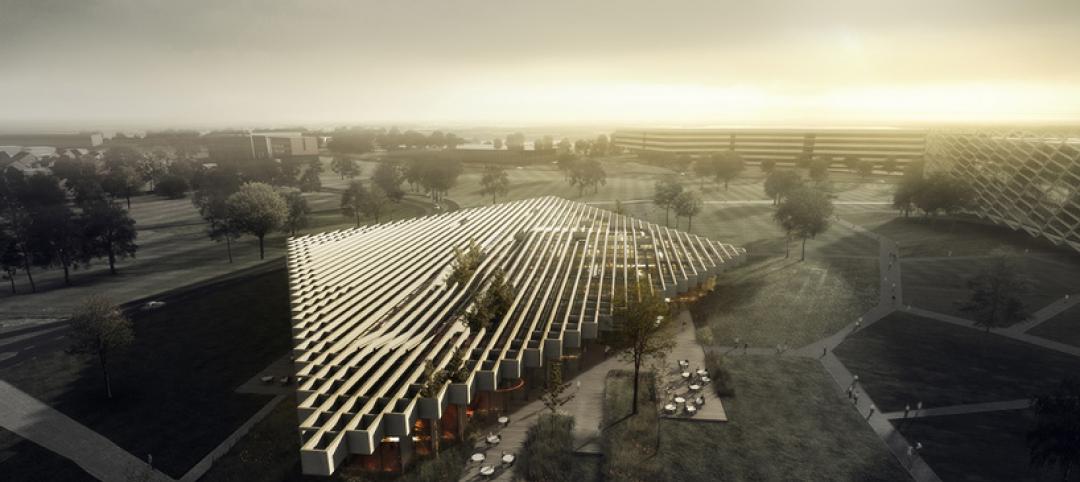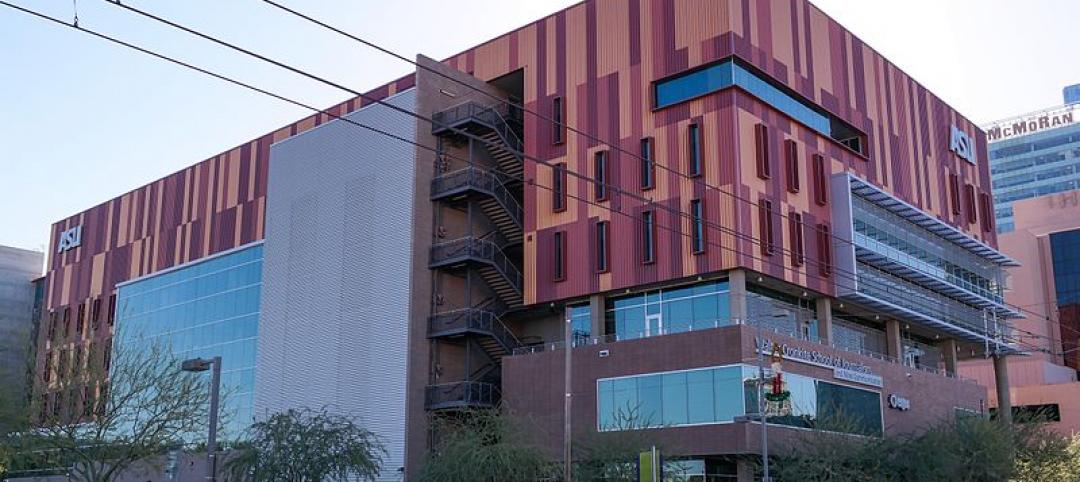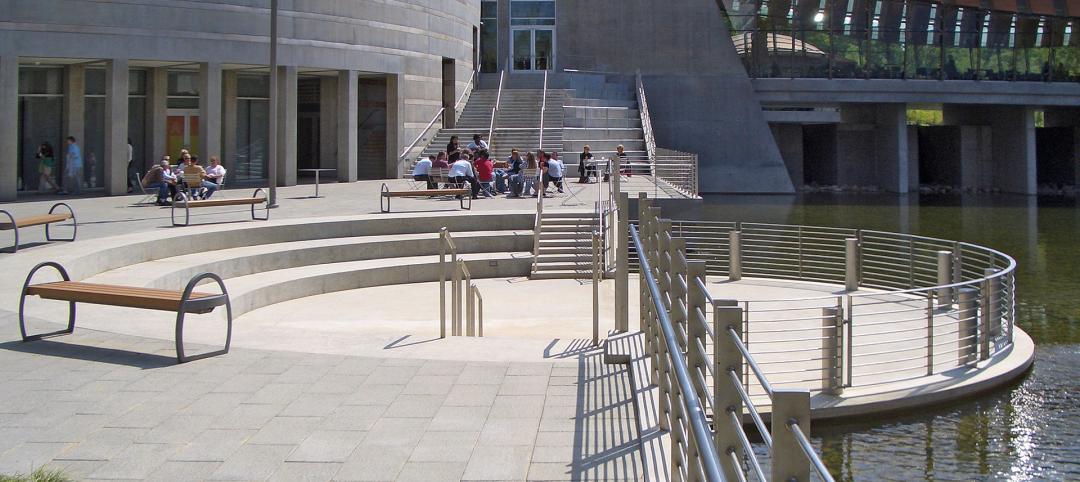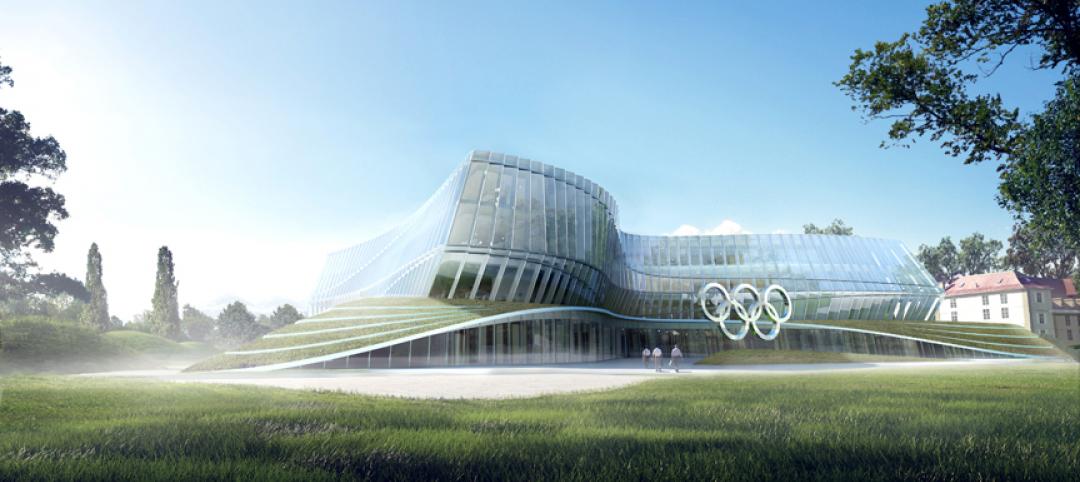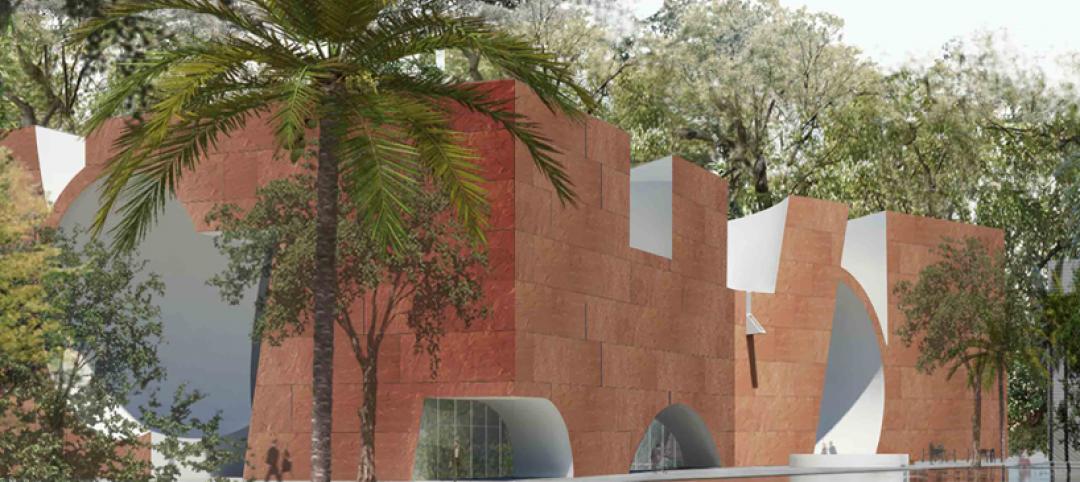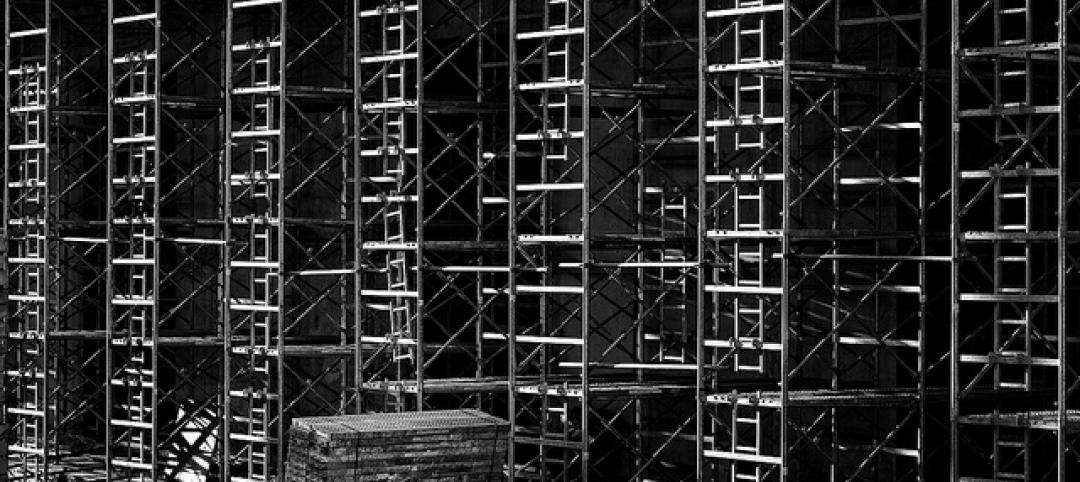The Falls Center redevelopment gave new life to the historic former Women’s Medical College of Pennsylvania, the country’s first medical school for women. The complex’s original hospital facility, the Heritage Building, was designed by Philadelphia-based architecture firm Ritter and Shay and built in 1929.
In a bind, six years ago the building owners approached development and investment firm Iron Stone Real Estate Group with an offer to buy the property.
“We liked the layout, parking, and hospital-grade infrastructure of the building,” says Jason Friedland, director of operations and investment at Iron Stone. “We believed that at our entry basis we could withstand a long lease-up and offer a better-priced finished product for medical and educational tenants than our competitors.”
Within two weeks, Iron Stone acquired the former Women’s Medical College campus for $10 million. Along with Building Team members Wulff Architects, Axis Construction, Morrissey Design, Digenova Sam Inc., Direct Air Design and Build, Mirarchi Brothers, and Bofinger Plumbing Contractors, Iron Stone recasted the Heritage Building into a modern structure.
Finding the funding
IIn 2007, Iron Stone was granted zoning approval to revamp the 700,000-sf historic site into a mixed-use development. Phase one was the commercial development of medical offices, light manufacturing, and retail; phase two incorporated 132 residential units.
Before phase two got off the ground, the 2008 economic slump put the entire project at a standstill. As a partially completed commercial real estate development with an expiring bridge construction loan, the project was in jeopardy.
“Even though we had strong demand and several signed leases from institutional not-for-profit and educational tenants, at times we were unable to procure construction financing,” recalls Friedland. In the absence of conventional financing, Iron Stone used the cash infusion from its historic tax credit investors to bridge construction financing gaps for tenant improvements.
Iron Stone brought in Chevron Corp. as an equity investor in the historic tax credits as well as additional private investors, and put a condominium regime in place. This tactic allowed for individual construction loans and mortgages for each building as opposed to a single loan for the whole campus. This financing structure allowed residential-phase development to commence again.
Financing markets were still tight, however, and the possibility of a speculative market development was ruled out. At the same time, Philadelphia University, whose main campus is a mile down the road from the Heritage Building, was experiencing a boom. Because of the influx the university was housing students at scattered sites that weren’t up to par. The proximity of the Heritage Building, the already-developed apartment unit plans, and the site’s history made it a perfect place for a dormitory. Philadelphia University signed a lease in July 2010.
PROJECT SUMMARY
Falls Center, Heritage Building, Philadelphia
Building Team
Owner/Developer: Iron Stone Real Estate Group
Architect: Wulff Architects Inc.
Interior Architect: Morrissey Design LLC
Structural Engineer: Digenova Sam Inc.
Mechanical Engineer: Direct Air-Design and Build
Electrical Engineer: Mirarchi Brothers Inc.-Design and Build
Plumbing Enginner: Bofinger Plumbing Contractors LLC
General Contractor: Axis Construction Management LLCGeneral Information
Size: 160,000 sf
Construction Cost: $14.7 million
Construction Period: September 2010 to July 2011
Delivery Method: Stipulated Sum
Because the school was on a set schedule, the Building Team had only 10 months to finish the apartments. If not, Iron Stone would have to foot the bill for 300 students to stay in hotels.
Plowing through eight decades of history
When Iron Stone acquired the property, it had to organize the immense number of construction documents and blueprints housed in a storage closet. The original Heritage Building contained laboratories, exam rooms, human and animal morgues, administrative offices, nursing facilities, classrooms, and an auditorium. Moreover, previous hospital administrations had made several renovations. The Building Team sought to reuse as much of the existing infrastructure as possible; ultimately, 78% of the material removed from the site was salvaged or recycled.
Preconstruction and initial demolition started before the lease with the university was signed, which turned out to be a blessing in disguise. There was more asbestos in the building than anticipated, and it had to be remediated before demolition could begin. Original flooring, doors, and HVAC systems also had to be removed before this step, all the while carefully saving the interior walls for historic preservation purposes.
Exterior work included a complete roof replacement, partial repointing of the brick façade, and replacement of the windows, which were aluminum or wood. In order to keep the windows in compliance with the National Parks Service standards, the Building Team surveyed nearly 600 units to catalogue their configurations. For each of the four window types found in the building, a modern replica replacement was found.
Fortunately, when the commercial phase of the Heritage Building was developed two years prior, a new water-source loop air-conditioning system had already been installed and was easily expanded to the residential portion of the development. The electrical infrastructure was built from scratch and a new network of copper water supply lines was installed, but the existing sprinkler system and elevators only needed minor improvements. The Building Team also chose a spray insulation made from soybeans, which naturally provides a vapor barrier, to replace the mineral wool batts.
A contemporary loft aesthetic was chosen for the units, with neutral colors, exposed original brick walls, high ceilings, and large windows. A few of the units were lined with windows, originally to provide sunlight to tuberculosis sufferers. Slate windowsills and thirty-degree ceiling angles, which were characteristic of hospital design in 1929, were also preserved. Many of the original eight-foot corridors were saved, as were the original wood railings and soapstone treads in the stairways.
“Convincing the design professionals that several of the existing systems could be tweaked and reused instead of tearing everything out and starting from scratch was a challenge,” says Friedland. “But this savings was significant and helped us to attract price-sensitive tenants during the financial crisis.”
The lobby was the last piece of the puzzle for the Building Team to put into place. To restore it to its original condition, the team used marble to replace the 12-inch ceramic floor tiles, the aluminum revolving door was removed, original paint colors were matched, and a bas-relief in the entrance was preserved.
The demolition of the lobby also led to an unexpected discovery—a time capsule that had been buried in June 1930, The contents were donated to The Legacy Center: Archives & Spelcial Collections at Drexel University College of Medicine and act as a poignant reminder of the building’s place in local history.
Construction on the new Heritage Building was completed ahead of schedule and under budget. The building now has a new purpose, but continues to educate Philadelphia students. +
Related Stories
| Dec 12, 2014
Dunkin’ Donuts launches certification for green restaurant buildings
The company aims to build 100 new DD Green-certified restaurants by the end of 2016.
| Dec 12, 2014
COBE's striking 'concrete finned' scheme wins competition for Adidas' flagship building in Germany
Danish firm COBE has been announced the winner in a contest to design a new Adidas flagship building in Herzogenaurach, Germany. It beat out 29 other teams, including REX and Zaha Hadid.
| Dec 12, 2014
SOM names winner of One World Trade Center photo contest
Gerry Padden's winning photo offers a striking juxtaposition of the Brooklyn Bridge with the sparkling One World Trade Center tower.
| Dec 11, 2014
2015 Architecture Firm Award goes to Ehrlich Architects
The AIA Architecture Firm Award, given annually, is the highest honor the AIA bestows on an architecture firm and recognizes a practice that consistently has produced distinguished architecture for at least 10 years.
| Dec 11, 2014
Moshe Safdie awarded 2015 AIA Gold Medal
The AIA Gold Medal, voted on annually, honors an individual whose significant body of work has had a lasting influence on the theory and practice of architecture.
| Dec 10, 2014
International Olympic Committee releases first images of new HQ in Switzerland
Designed by 3XN, the new headquarters is located within a park on the shores of Lake Geneva and adjacent to historic Château de Vidy, which has been the iconic home of the IOC.
| Dec 10, 2014
CannonDesign acquires Astorino, forms design-led design-build division
The merger also extends CannonDesign’s presence in the markets Astorino currently serves, namely Pittsburgh and Abu Dhabi.
| Dec 10, 2014
Must see: Babina's latest illustrations cast famous architecture quotes as colorful road signs
Babina has adapted quotes from famous names such as Frank Lloyd Wright, Alvar Aalto, and Mies Van Der Rohe.
| Dec 9, 2014
Steven Holl wins Mumbai City Museum competition with 'solar water' scheme
Steven Holl's design for the new wing features a reflective pool that will generate energy.
| Dec 9, 2014
ABC economist predicts continued construction industry growth in 2015
In his latest report, ABC's Chief Economist Anirban Basu forecasts nonresidential construction spending to expand by roughly 7.5% next year, led by the power, lodging, office, and manufacturing sectors.


